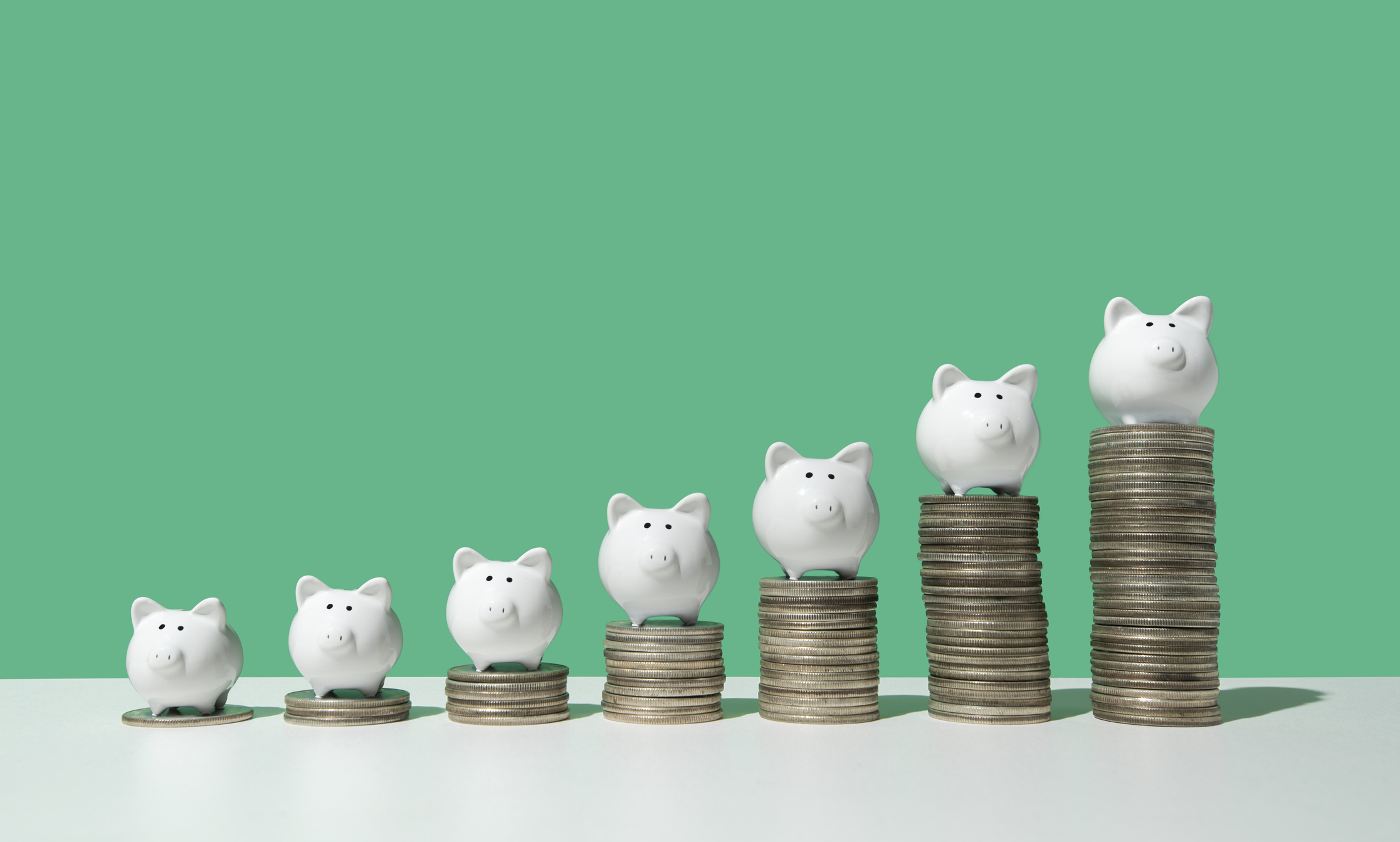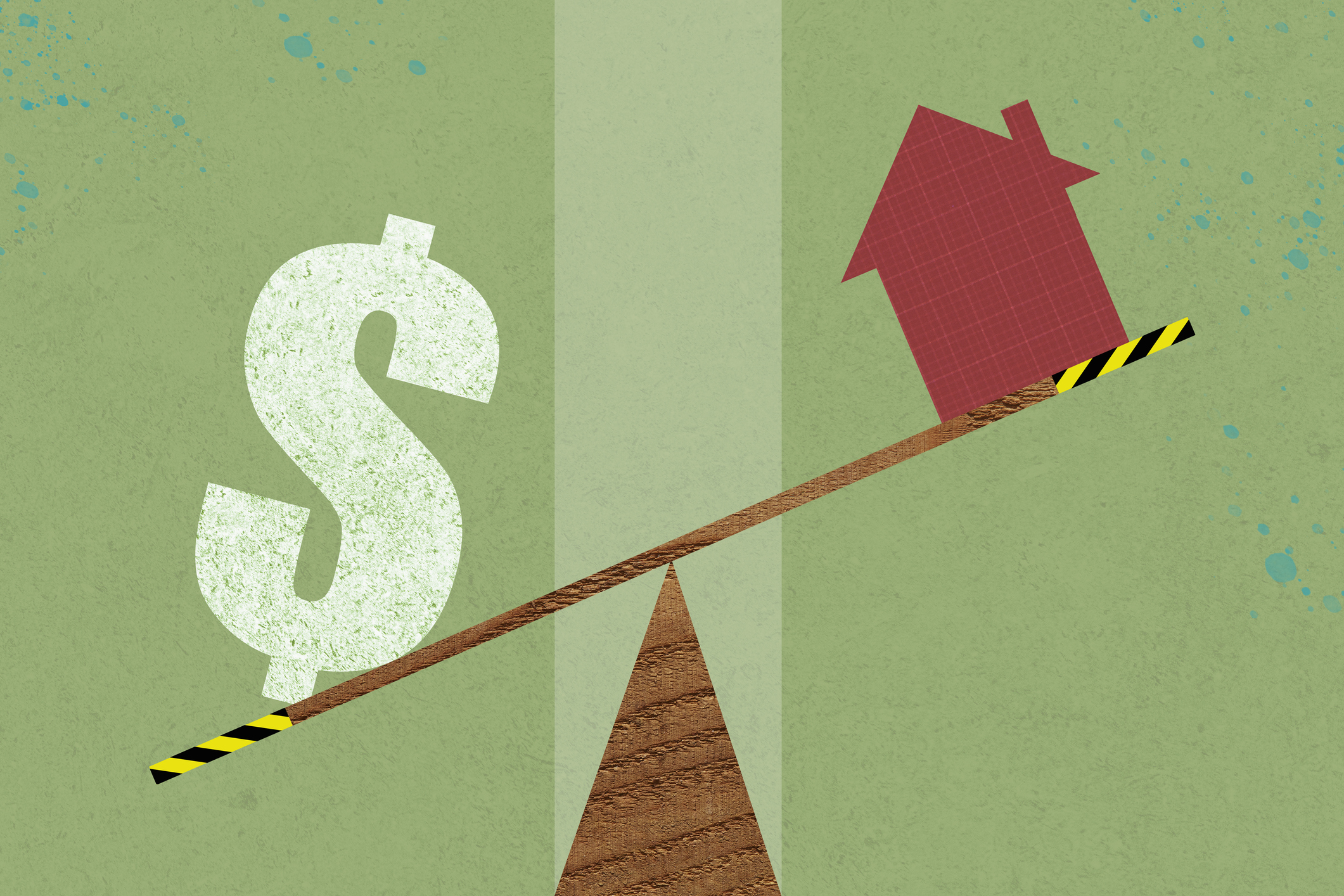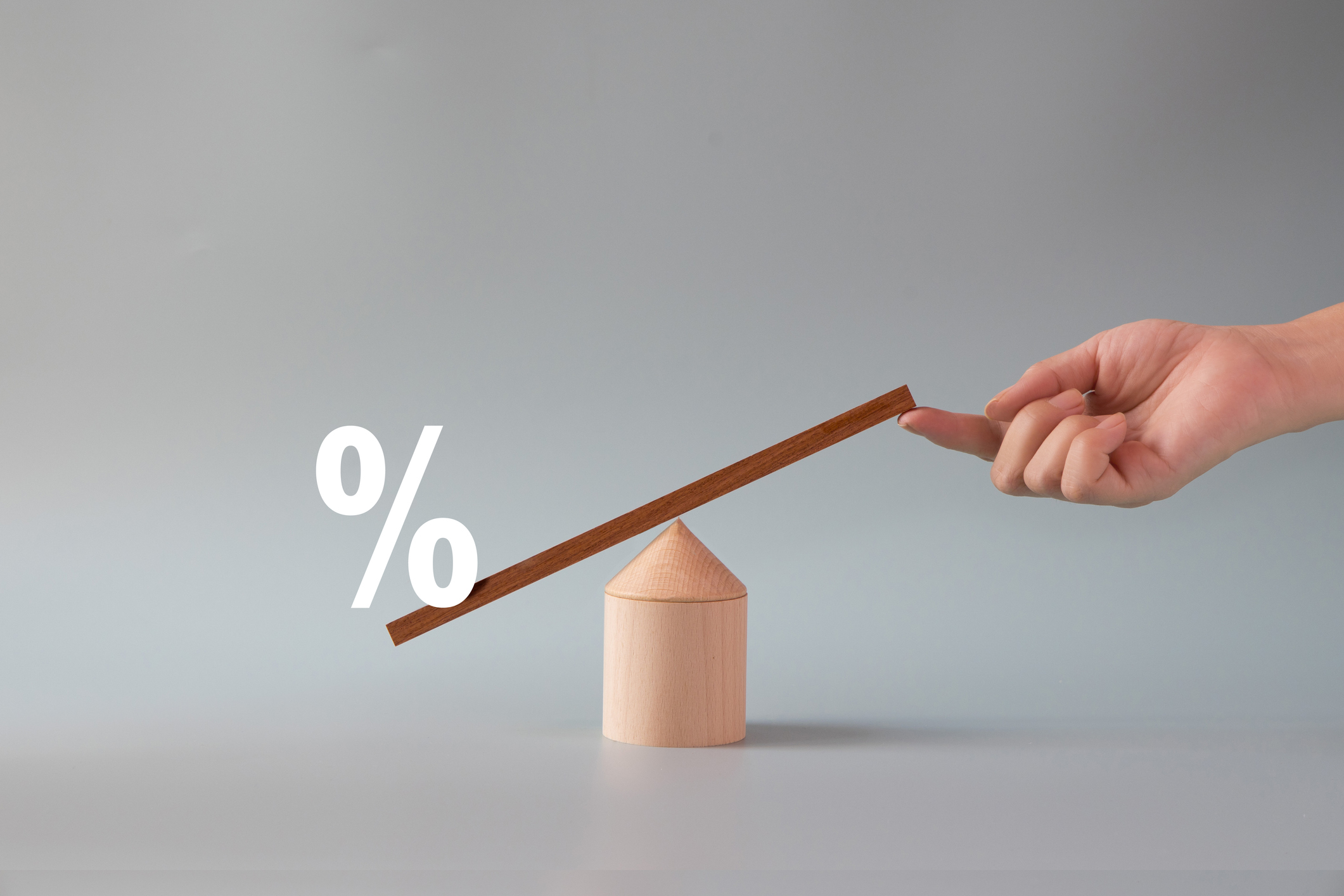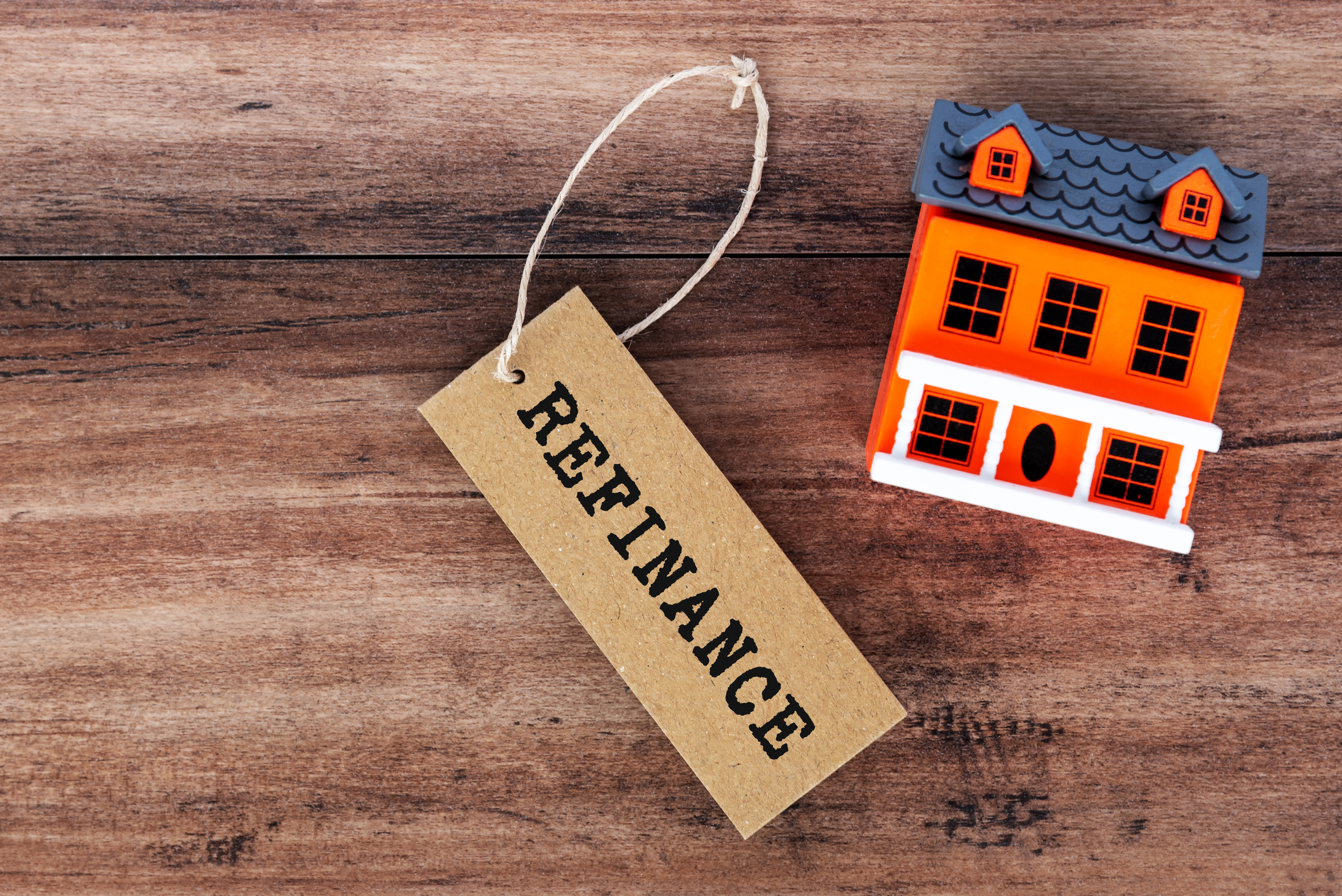As Fed Keeps Rates Steady, Savings Rate Growth Slows
Some experts say now would be a good time to lock in a much better savings rate on your accounts.


The Federal Reserve opted to hold interest rates steady at its most recent policy-setting meeting in January, keeping the federal funds rate at a target range of 5.25% to 5.50%. As interest rates remain steady, future savings rates for high-yield savings accounts may or may not increase. Although a Fed increase would have helped to push rates higher, tighter lending policies may have the same effect.
“Savers have another good year in which their returns will shine, with inflation expected to decline further,” said Greg McBride, CFA, Bankrate’s chief financial analyst in response to the Fed meeting. He predicts two Fed rate cuts in 2024, yet he says CD yields will continue to top inflation.
Should you get a new savings account now?
Typically, as the federal funds rate is increased, banks will raise interest rates on high-yield accounts to stay competitive in the market and attract deposits, meaning you’re more likely to see these rate increases among smaller, online banks as opposed to brick-and-mortar institutions.
From just $107.88 $24.99 for Kiplinger Personal Finance
Become a smarter, better informed investor. Subscribe from just $107.88 $24.99, plus get up to 4 Special Issues

Sign up for Kiplinger’s Free Newsletters
Profit and prosper with the best of expert advice on investing, taxes, retirement, personal finance and more - straight to your e-mail.
Profit and prosper with the best of expert advice - straight to your e-mail.
With rates on savings accounts already surpassing 5% in some cases, it's a good idea to park your cash in one of these top-yielding accounts to take advantage of rates while they're still high. As inflation continues to decline, savings rates could go down with it when the Fed starts lowering rates, which it has indicated it may do so next year.
McBride says, “Interest rates took the elevator going up but are going to take the stairs coming down.” He recommends consumers consider locking in longer-term CDs, which are peaking now, and seek out one of the top-yielding savings accounts, which are pulling in more than 5% and are still rising.
Below are today’s high-yield savings rates. If you’re earning a low rate on your savings account, now is a good time to gain with the best rates. While the national average yield for savings accounts is only 0.57 % APY, high-yield accounts offer much more than that, with many rates over 5%.
Wednesday’s Fed action means rates on mortgages, credit card APRs and other loans could decline.
The Fed has raised rates 11 times since March 2022 in an attempt to combat high inflation by driving spending down as consumers realize higher commercial interest rates. When to expect rates cuts is unclear. At their January meeting, the FOMC statement said "the Committee does not expect it will be appropriate to reduce the target range until it has gained greater confidence that inflation is moving sustainably toward 2 percent."
Related Content
Profit and prosper with the best of Kiplinger's advice on investing, taxes, retirement, personal finance and much more. Delivered daily. Enter your email in the box and click Sign Me Up.

Erin pairs personal experience with research and is passionate about sharing personal finance advice with others. Previously, she was a freelancer focusing on the credit card side of finance, but has branched out since then to cover other aspects of personal finance. Erin is well-versed in traditional media with reporting, interviewing and research, as well as using graphic design and video and audio storytelling to share with her readers.
-
 5 Smart Things to Do With Your Year-End Bonus
5 Smart Things to Do With Your Year-End BonusAfter you indulge your urge to splurge on a treat, consider doing adult things with the extra cash, like paying down debt, but also setting up a "fun fund."
-
 Gen X Investors: Protect Your Portfolio From an AI Bubble
Gen X Investors: Protect Your Portfolio From an AI BubbleAmid talk of an AI bubble, what's the best course of action for investors in their 50s and 60s, whose retirement savings are at risk from major market declines?
-
 Retirees: Put Charitable Gifts in a DAF (and Get a Tax Break)
Retirees: Put Charitable Gifts in a DAF (and Get a Tax Break)A donor-advised fund is a simple (really!), tax-smart strategy that lets you contribute a large, tax-deductible gift now and then distribute grants over time.
-
 How Much Would a $50,000 HELOC Cost Per Month?
How Much Would a $50,000 HELOC Cost Per Month?Thinking about tapping your home’s equity? Here’s what a $50,000 HELOC might cost you each month based on current rates.
-
 Should You Tap Your Home Equity Before 2026?
Should You Tap Your Home Equity Before 2026?As borrowing rates and tax law shifts converge, here's what homeowners need to know before pulling equity out of their home.
-
 A New Kind of HELOC Lets Homeowners Fund Remodels on Their Terms
A New Kind of HELOC Lets Homeowners Fund Remodels on Their TermsFinance home upgrades gradually, using the equity you already have.
-
 Planning a Major Home Renovation? 3 Smart Ways to Finance It
Planning a Major Home Renovation? 3 Smart Ways to Finance ItFrom HELOCs to personal loans, here’s how to pay for a major home renovation without draining your savings.
-
 I Made Some Mistakes Buying My First Home. Here's How I'm Making Sure It Doesn't Happen Again
I Made Some Mistakes Buying My First Home. Here's How I'm Making Sure It Doesn't Happen AgainHome Buying Buying a home can be a complicated process. I'll show you some common mistakes we encountered and provide expert tips to help you avoid these.
-
 Home Equity in Retirement: Should You Sell, Borrow or Rent?
Home Equity in Retirement: Should You Sell, Borrow or Rent?Learn how to preserve your property's value, tap equity for income and make smart choices about downsizing, renting or leaving a legacy.
-
 Falling Interest Rates: What They Mean for Homeowners, Savers and Investors
Falling Interest Rates: What They Mean for Homeowners, Savers and InvestorsAs interest rates fall, homeowners may celebrate while savers feel the pinch. Here’s what the change could mean for your money.
-
 Refinance Applications Surge as Mortgage Rates Tumble
Refinance Applications Surge as Mortgage Rates TumbleThe window to refinance is reopening as mortgage rates hit their lowest level in nearly a year. Here’s what the market shift means for homeowners.